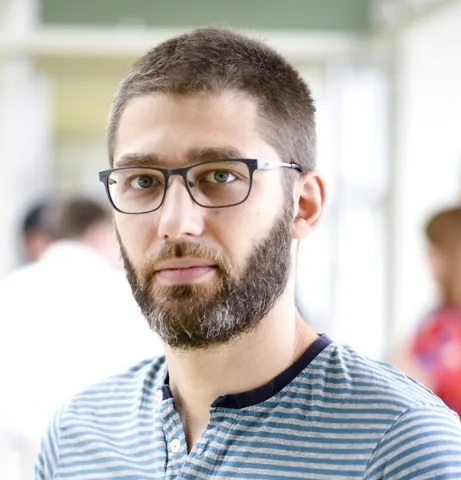About the project
In this PhD studentship, the candidate will further develop this novel composite material ARF (CM-ARF) technology, spanning the multidisciplinary remit between cleanroom based, 2D materials fibre integration technology for the highly innovative CM-ARF platform, with applications in active photon management and light processing functions.
Hollow core optical fibre waveguide geometries are becoming increasingly relevant to modern telecommunications systems, an exemplar of which is the anti-resonant fibre (ARF) structure, which can guide light in the air core using a variety of cladding architectures. Intriguingly, the high internal surface area presented by this waveguide geometry offers an ideal material deposition template for strong light-matter interaction and to this end, we have developed world leading knowledge and expertise in deposition technologies that allow a wide variety of functional materials such as semiconductors and metals to be embedded within these air-silica structures.
More recently, we have explored the extraordinary properties of atomically thin two-dimensional (2D) materials within ARF structures, opening exciting opportunities for next-generation photonic and optoelectronic devices and applications at the monolayer limit.
Analysis of device properties will be performed in our fully equipped characterization laboratories, complemented by numerical simulation studies to complete the development cycle.
This photonic device technology and materials science driven project would thus be suitable for a highly motivated candidate with a strong physics/materials/engineering related background and programming abilities to develop highly transferable skills in cleanroom sample fabrication and electronic/photonic device characterisation, numerical simulations working with leading academic experts.
